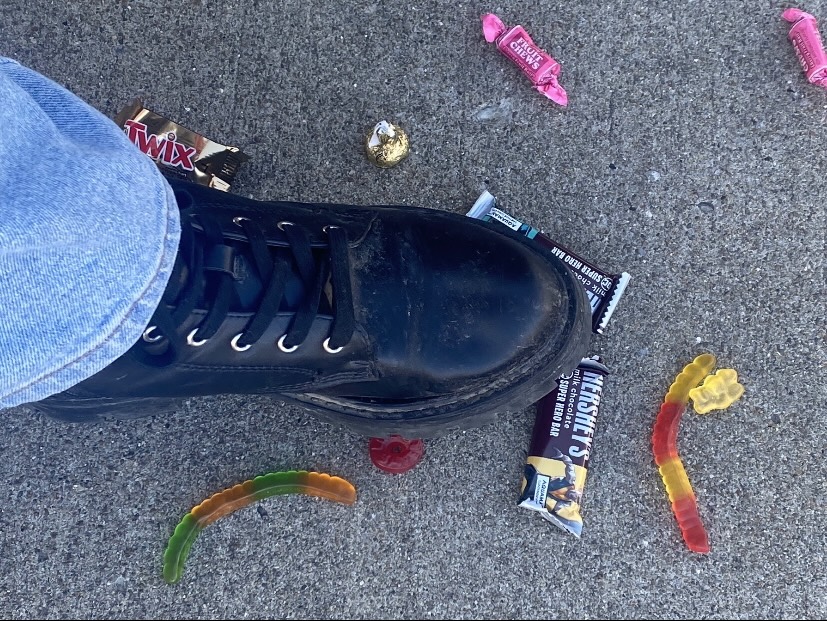Seoul Halloween Stampede: Tradition Vs Tragedy
Photography, Mads LaBotte
During a party in Seoul’s Itaewon district, 153 people died from a stampede in an alleyway for a party during the Halloween festivities. After 3 years of no celebrations, South Korea lifted the Covid restrictions and allowed parties along with other social gatherings. Like a human domino effect, people at the top of the sloped street fell, causing everyone behind them to also topple over. Itaewon has been known for its nightlife and Halloween celebrations, but how far does one go before tradition turns into a tragedy?
Halloween is celebrated globally throughout many countries such as the United States, Guatemala, and Japan. In the United States, it is common for young children to go trick-or-treating in different neighborhoods with costumes. Similarly, Japan also wears costumes, but usually celebrators are older and go to clubs. On the other hand, Guatemala has a “giant kites” festival to celebrate their late loved ones, flying kites over their graves to represent a bridge between life and death. Practices such as these bring unique experiences to the table of foreigners who need a change in their life.
While traditions are what makes different cultures unique, some traditions can be more dangerous than others. Mrs. Stanley has expressed her discontent with a local tradition, the Polar Plunge. She mentioned how “mixing the cold and the drink and the young people” is a bad idea and how she has “never liked that tradition”. The Polar Plunge can cause multiple injuries such as paralysis and hypothermia without mentioning the possibility of death. Another dangerous tradition that no one thinks about is bullfighting. While bullfighting in a stadium is already dangerous as is, a well known festival in San Fermín, Pamplona in Spain takes it to another level of danger and concern. During this festival, bulls are penned up before being released into the streets, allowing people to also bullfight and crowd around without any professional oversight. While this tradition has taken place since 1910, it has led to over 200 injuries by goring or trampling per year and around 15 deaths in total. While this tradition has caused harm to hundreds, the public is still taking part in this treacherous experience.
All of these dangerous events begs the question: what is the line between tradition and tragedy? While some people like Natalie Coleman (12) believe “the line is drawn when someone is paying a price,” others would disagree and blame participants for foolish actions. The diversity among answers causes these fun events to turn sour when left unattended. When looking into events with crowds or among locals in a foreign country, think about what is considered hazardous versus what helps you experience tradition.

Mads LaBotte is a senior for the 2023-24 school year. She plans on using her journalism in school while majoring in chemistry during college.









Grammy • Nov 11, 2022 at 10:03 pm
Awesome article Mads!